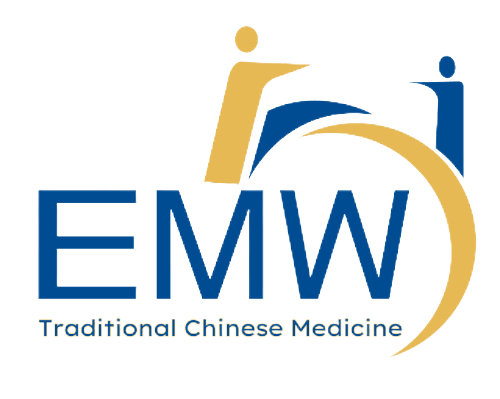TCM Scraping (Gua Sha)
Scraping, or otherwise known as guasha, is a therapeutic method for pain management using tools to scrape or rub the surface of the body to relieve blood stagnation.
It consists of using the therapeutic scraping through jade stone, porcelain spoon, buffalo horn and other means, to through stimulation in specific areas produce local therapeutics effects and to restore the organic functions, being able to be used as a diagnostic method.
What are the uses of scraping?
Scraping’s beneficial effects are because of its simultaneous actions on the skin, in the connective tissues, in the lymphatic system, in the muscles, blood vessels and the internal organs.
The simple gesture of scraping has effects as great as massages, moxibustion, lymphatic drainage, oxygenic therapies and stimulation of the immunological system.
Scraping is most often used to relieve muscle and joint pain. Conditions of the muscles and bones are known as musculoskeletal disorders.
Some examples include back pain, tendon strain, and carpal tunnel syndrome. Sometimes, scraping is used to treat a cold, fever, or problems with the lungs.
How scraping works?
There are three possible mechanisms of using scraping to relieve pain:
(1) Scraping increases local microcirculation thereby decreasing distal myalgia;
(2) Pain is reduced through stimulating the serotonergic, noradrenergic and opioid systems;
(3) Scraping minimizes the direct effects of pain at nociceptors, their surroundings and the interconnections within the spinal cord.
How is scraping done?
During the scraping treatment, a special oil is placed over the body, on the region to be treated. The skin is scraped until it presents light hyperemia. The areas that show energetic instability show, besides the hyperemia, a deeper pigmentation that, according to the TCM, indicate the stagnation of vital fluids and energy from the meridians, the so called channels of body energy. The patient doesn’t feel pain during or after the treatment, but in some cases a bruise appears over the area, the pigmentation fades in a few days without leaving traces.
How long is a scraping session?
The treatment of a single session last approximately ten to fifteen minutes, however we propose that the session shouldn’t have a determined time, taking in consideration that the technique must be performed while it’s necessary, according to the therapist impression of the patient’s relaxing sensation.
Our TCM Physicians
Principal TCM Physician
- M.Med(TCM Gynaecology)
- B.Sc(Hons) Biomedical Sciences
- Dip. Naturopath
- Ayurvedic Therapist(500hrs)
- Registered TCM Physician (Singapore MOH)
Senior TCM Physician
- M.Med(TCM Acupuncture & Moxibustion)
- B.Sc(Hons) Biomedical Sciences
- Certified Aromatherapist
- Registered TCM Physician (Singapore MOH)
TCM Physician
- M.Med(TCM Gynaecology)
- B.Sc(Hons) Biomedical Sciences
- Registered TCM Physician (Singapore MOH)
TCM Physician
- B.Med(TCM)
- B.Sc(Hons) Biomedical Sciences
- International Board-Certified Lactation Consultant (IBCLC)
- Registered TCM Physician (Singapore MOH)





